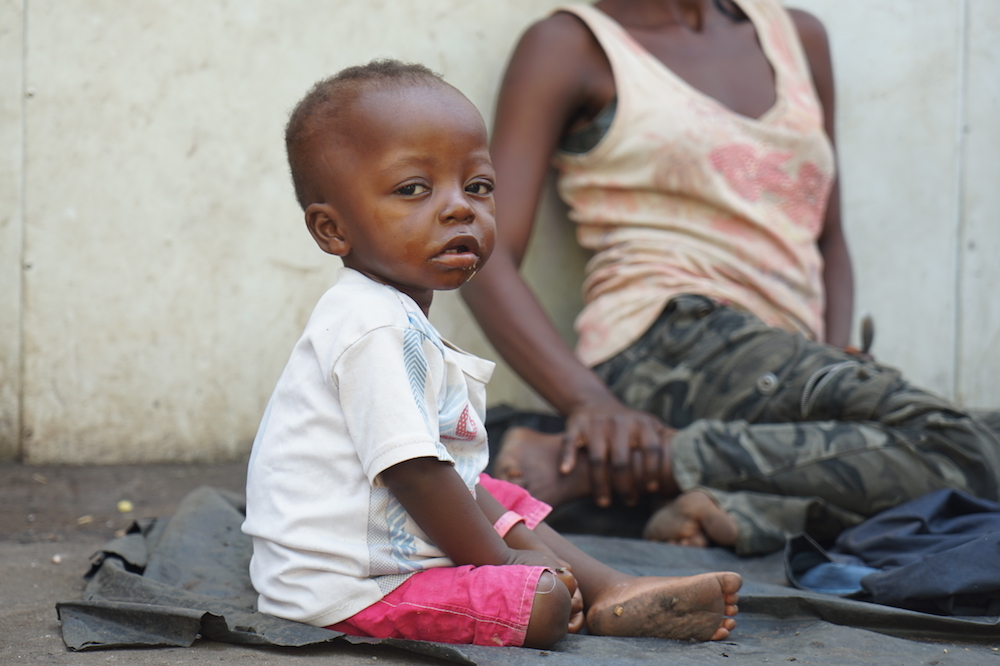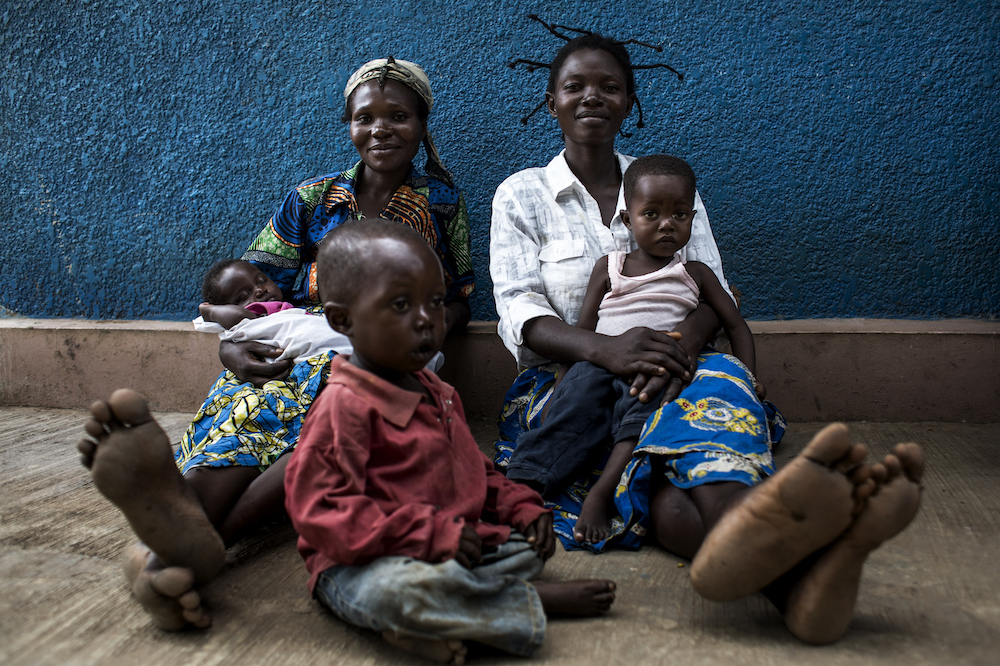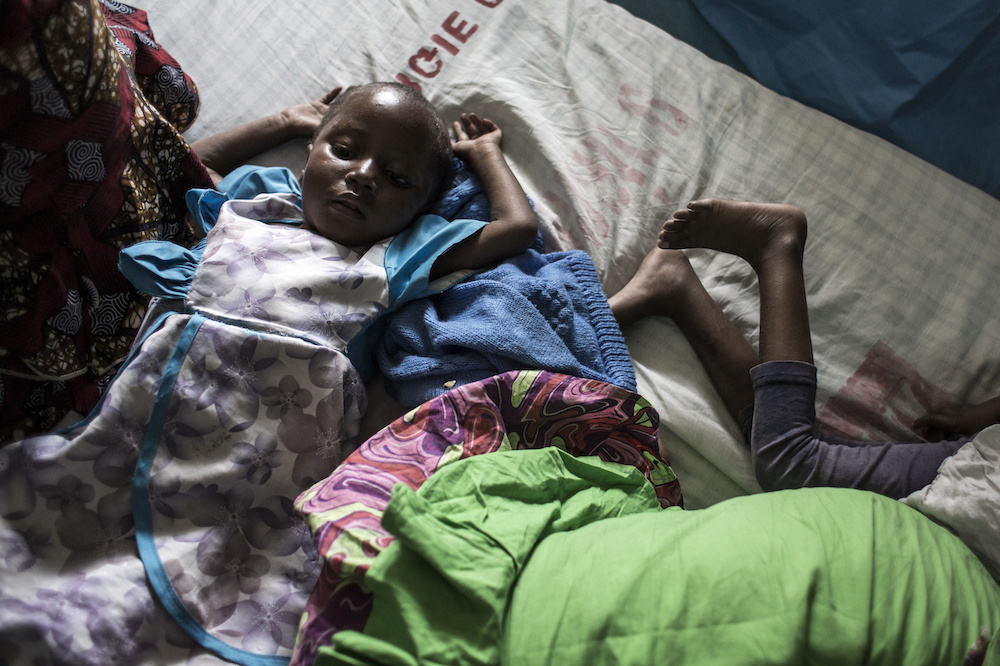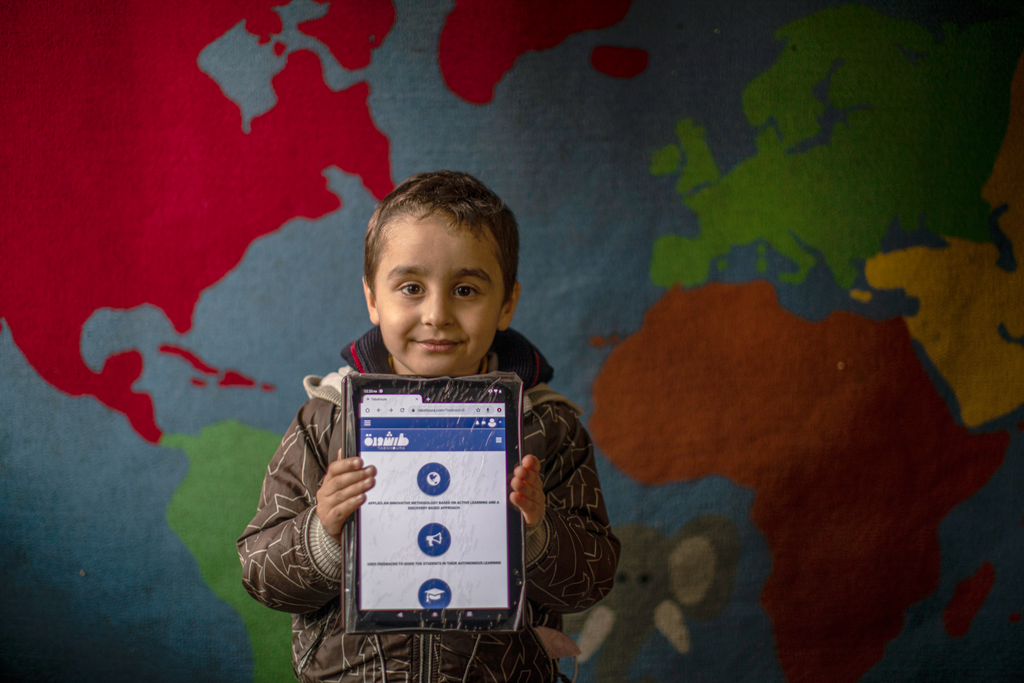
400,000 children under five could die in DRC’s malnutrition crisis

Child nutrition (Early years), Childcare, Early childhood development, Health and education convergence
Lifesaving interventions are needed if the children of war-torn Kasai are to survive - and then proper nutrition for them to thrive in the long term.
More than 400,000 children under five in the Democratic Republic of Congo are at risk of dying within months through malnutrition.
It’s the latest crisis to hit the conflict-ravaged region of Kasai, which has also been the subject of reported ethnic cleansing, mass child murder and rapes.
Now Kasai’s war-weary young children have another fight on their hands – severe acute malnutrition, which results in very low weight and severe muscle wasting.
“At least 400,000 children under five in the Kasai region are suffering from severe acute malnutrition and could die in 2018 if they are not urgently reached with lifesaving health and nutrition interventions,” said a spokesman for the United Nations children’s agency UNICEF.
An 18-month-long combination of violence, mass displacement and slumps in agricultural output has had a devastating impact on the very young.

There are at least 400,000 severely malnourished children under five living in the DRC (UNICEF / Wessels )
“This nutrition crisis and food insecurity in the Kasai region follows the displacement of thousands of families who have been living for months in very harsh conditions,” said Dr Tajudeen Oyewale, UNICEF Acting Representative in the Democratic Republic of the Congo (DRC).
“The true scale of the problem is becoming clear as people are returning home in some areas where the security situation has improved and health services have started functioning again.”
More than 750,000 children are badly malnourished – which is a catastrophe for not only the children but the country as well.
The first years in a child’s life are the most crucial – as a child’s brain is 90% developed by the time she is five years old.
For a child’s brain to develop to its full potential, she needs to have the proper care, protection, safety, nourishment and stimulation.
That why Theirworld’s #5for5 campaign is aiming to change how the world thinks about early childhood development.
It’s paramount for young children to have the right nutrition and protection to develop properly.
But right now the children in Kasai are marginalised on every level. The lack of proper food and nutrition could have a lasting impact on them, leaving a dire legacy that may not only affect their future but the development of the country for years to come.
Those who do survive the conflict, displacement and hunger crisis are at serious risk of stunted growth through an ongoing lack of proper nourishment.
The DRC – a country nearly twice the area of Britain, France and Germany combined – has a long history of violence, especially in its volatile east.
Until recently, the diamond-rich Kasai region was deemed a relative haven. The situation changed dramatically in 2016 when a tribal chieftain who had rebelled against President Joseph Kabila’s regime in Kinshasa and its local representatives was killed.
According to UN figures, clashes between local groups and government troops have led to several thousand deaths and around 1.4 million people have fled their homes, leaving fields untended.

The catalogue of alleged violence includes extrajudicial killings, rapes, torture and the use of child soldiers, along with the torching of villages and the systematic destruction of schools, public buildings and clinics.
In June, Theirworld told how more than 150,000 children are missing out on education because of violence and attacks that have seen over 600 schools damaged in Kasai.
Other schools in the region have been occupied by military forces or are being used as emergency shelters for displaced families.
Security in some parts has improved recently. But food shortages will haunt the region right up until next June, because the planting seasons for 2017 have been lost, UNICEF warned.
A spokesman said: “Families have little harvest from their own land and nothing to sell at the markets.”
With so many humanitarian crises worldwide, the situation in DRC is at risk of being ignored while it develops into the biggest emergency of 2018. Mohammed Abdiker, director of operations and emergencies at the International Organisation for Migration
The agency, which has been intervening in the Kasai crisis since January, also said the region’s health infrastructure had been devastated.
A spokesman said: “Approximately 220 health centres were destroyed, looted or damaged, leading to a weakening of the health delivery system, reduced access to healthcare and an increased risk in the spread of communicable diseases like measles.”
UNICEF, with their partners, has provided therapeutic nutritional care to 50,700 children with severe acute malnutrition in the Kasai region. But they have received only 15% of the funding required to respond to the nutritional needs of children this year.
“With so many humanitarian crises worldwide, the situation in DRC is at risk of being ignored while it develops into the biggest emergency of 2018,” said Mohammed Abdiker, director of operations and emergencies at the International Organisation for Migration (IOM), yesterday after visiting the country.
“Guaranteeing access to basic health and nutrition services to returning populations is essential to help malnourished children survive and thrive,” added UNICEF’s Dr. Oyewale.
More news

